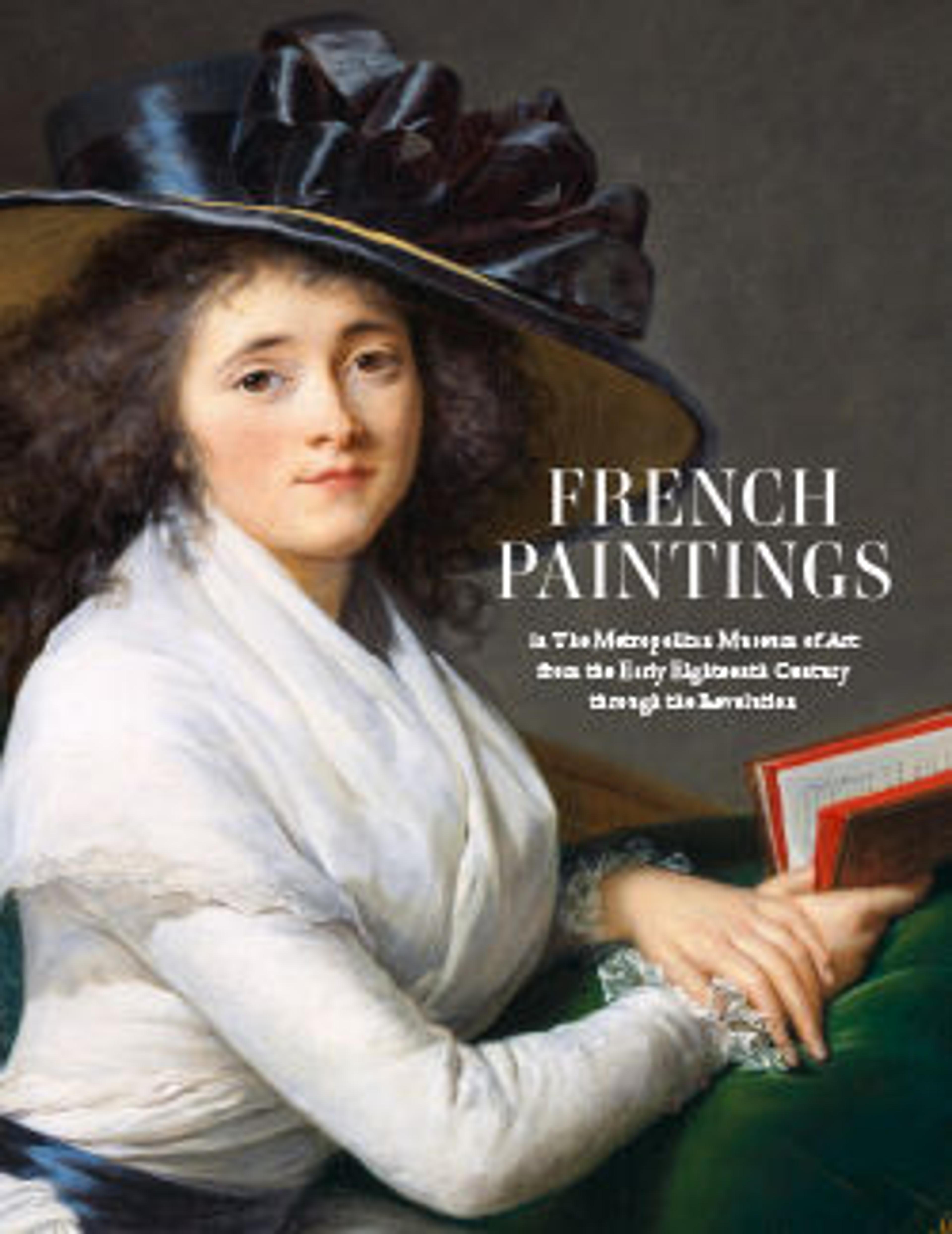Portrait of a Woman and an Enslaved Servant
Seventeenth-century portraits often staged hierarchical relationships between a central sitter and supporting figures. In this example, a white woman clad in resplendent silk dominates the composition, while a Black child wearing a hinged metal slave collar is positioned subserviently to her side, holding a lapdog. The legal code of France officially prohibited slavery within the kingdom itself, but exceptions abounded, particularly for families whose wealth derived from colonial trade. In the absence of persuasive documentation for their identities, the life stories of both sitters of this portrait remain unknown.
Artwork Details
- Title:Portrait of a Woman and an Enslaved Servant
- Artist:Nicolas de Largillierre (or Largillière) (French, Paris 1656–1746 Paris)
- Date:1696
- Medium:Oil on canvas
- Dimensions:55 x 42 in. (139.7 x 106.7 cm)
- Classification:Paintings
- Credit Line:Rogers Fund, 1903
- Object Number:03.37.2
- Curatorial Department: European Paintings
More Artwork
Research Resources
The Met provides unparalleled resources for research and welcomes an international community of students and scholars. The Met's Open Access API is where creators and researchers can connect to the The Met collection. Open Access data and public domain images are available for unrestricted commercial and noncommercial use without permission or fee.
To request images under copyright and other restrictions, please use this Image Request form.
Feedback
We continue to research and examine historical and cultural context for objects in The Met collection. If you have comments or questions about this object record, please contact us using the form below. The Museum looks forward to receiving your comments.
